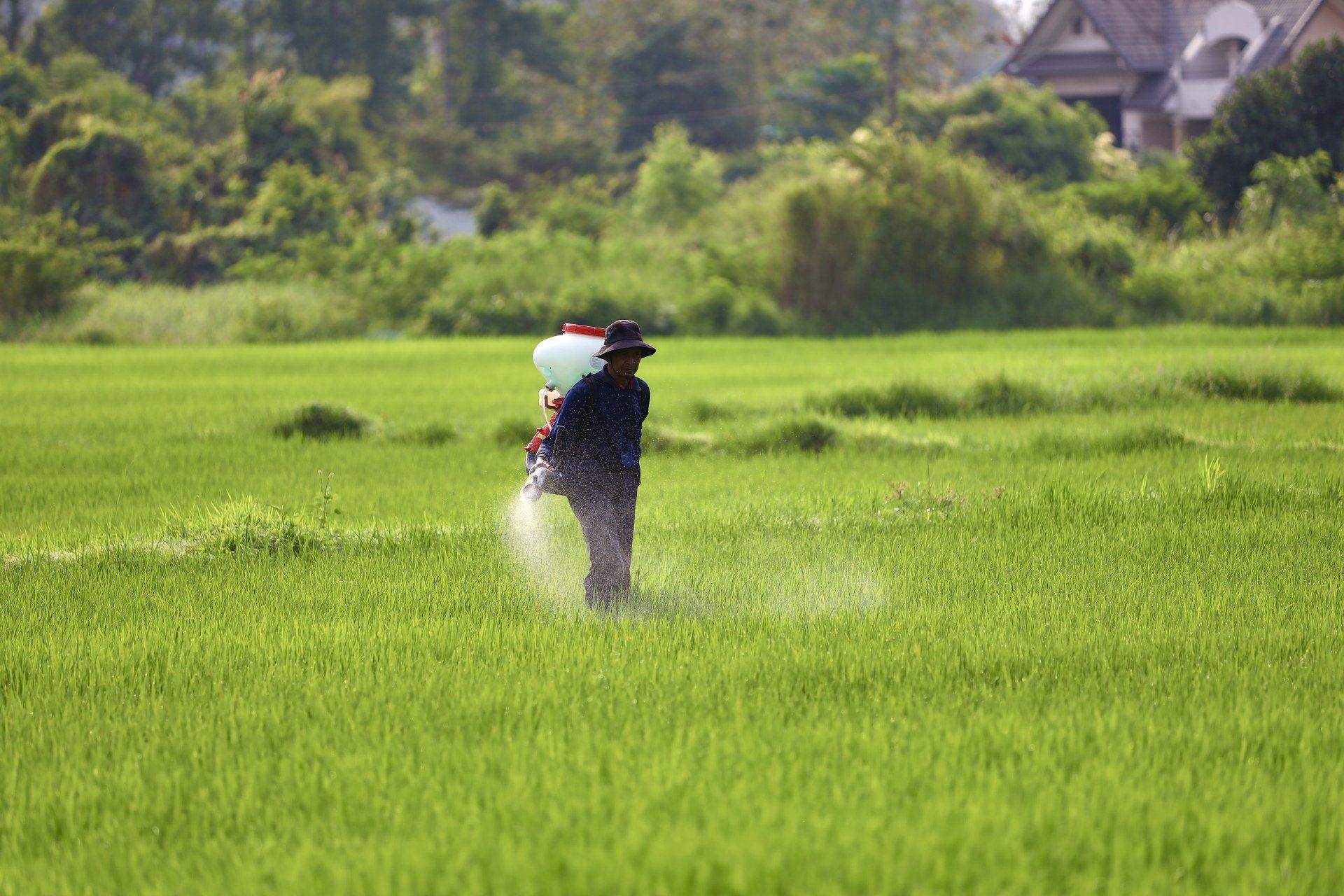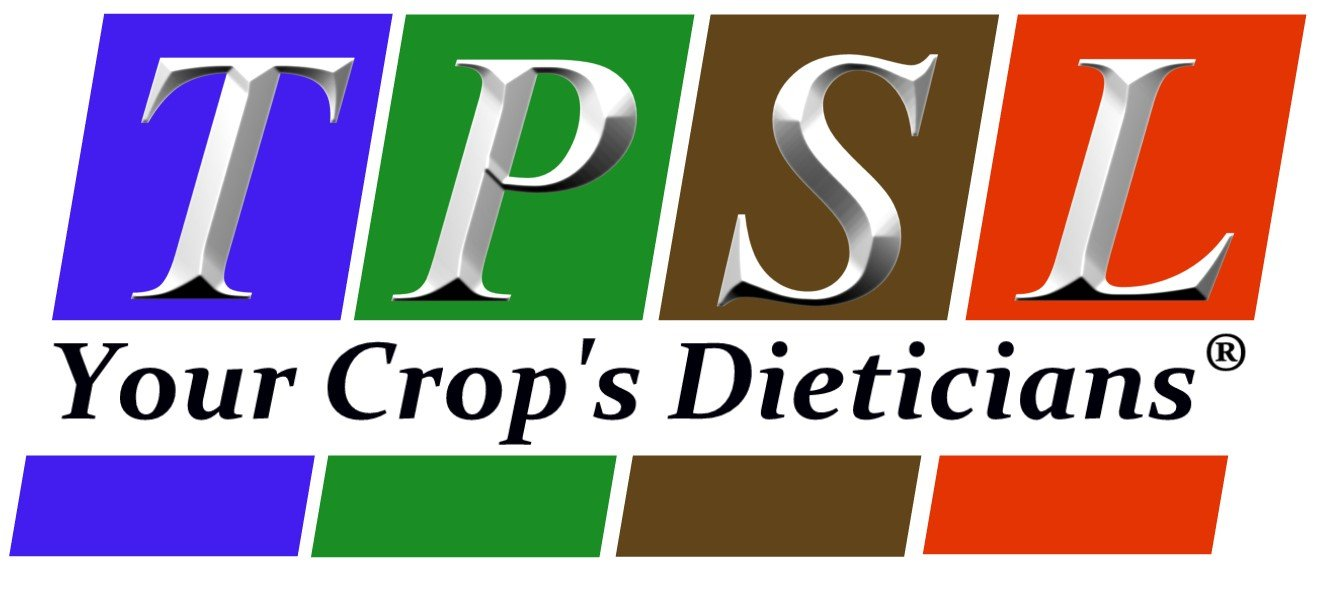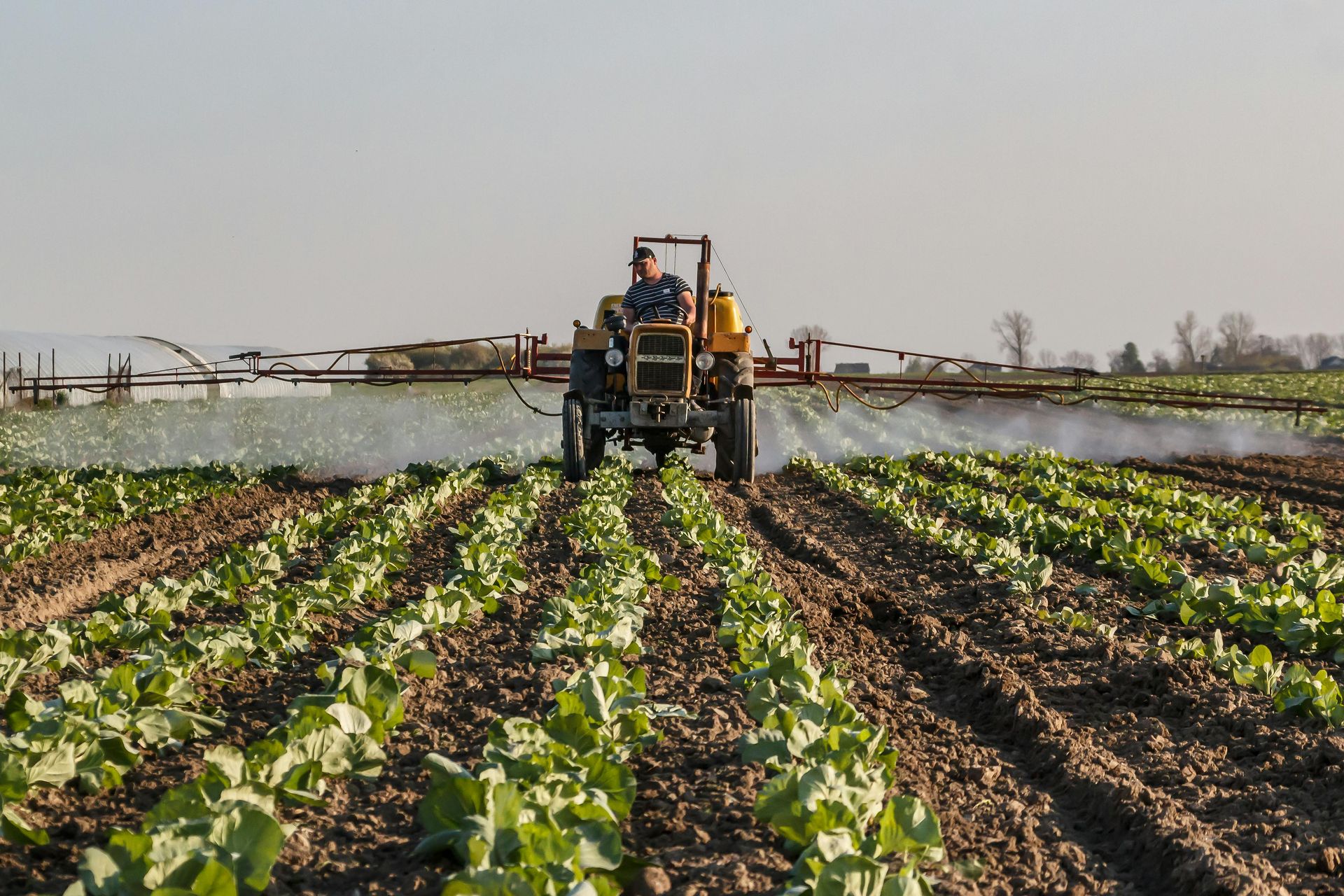Harnessing the Power of Chitosan and Systemic Acquired Resistance for Crop Growth
A Breakthrough in Foliar Applications

In the pursuit of sustainable and bountiful agriculture, innovative solutions continue to revolutionize modern farming practices. Among these, chitosan, a biodegradable biopolymer derived from crustaceans, has garnered considerable attention for its potential in crop enhancement. When applied as a foliar spray, chitosan offers a myriad of benefits to crops, including improved nutrient absorption, increased resistance to stress factors, and overall heightened productivity. Moreover, chitosan's synergistic effects with Systemic Acquired Resistance (SAR) present an exciting breakthrough that can transform the way we approach crop protection and growth. In this blog, we will delve into the technical specifications of chitosan foliar application, the advantages of SAR, and the remarkable potential of this dual approach for sustainable agriculture.
Understanding Chitosan and Foliar Application:
Derived from chitin found in crustacean exoskeletons, chitosan represents a safe, biocompatible, and eco-friendly biopolymer that aligns perfectly with the principles of sustainable agriculture. Its unique properties, such as biodegradability and non-toxicity, make it an ideal choice for boosting crop health and resilience.
Foliar application, a widely adopted practice, involves spraying crops with a diluted chitosan solution directly onto the leaves. This application method facilitates rapid chitosan absorption through the leaf surfaces, optimizing its benefits and enhancing crop performance.
Specifications for Foliar Applications of Chitosan:
Application Rates:
- The appropriate chitosan concentration for foliar application depends on factors such as crop type, growth stage, and desired outcomes. As a general guideline, a chitosan solution with a concentration of 0.1% to 0.5% is commonly recommended for most crops.
Application Timing:
Timely application of chitosan significantly impacts its effectiveness. For optimal results, consider the following timing guidelines:
- Early Vegetative Stage: Apply chitosan during the early vegetative stage to foster robust root development and overall plant health.
- Flowering Stage: Apply chitosan during flowering to enhance pollination, fruit set, and subsequent yield.
- Stress Periods: Apply chitosan before or during stress periods, such as drought or extreme temperatures, to bolster crop resilience.
Leveraging Systemic Acquired Resistance (SAR):
Systemic Acquired Resistance (SAR) is a plant defense mechanism triggered by various biological or chemical agents, priming the plant to ward off future attacks from pathogens. When crops are exposed to certain stressors or chitosan, their natural defense system is activated, leading to the accumulation of defense-related proteins and signaling molecules. This immune response not only guards the treated plant but also confers protection to neighboring plants. The remarkable feature of SAR is its systemic nature, enabling it to provide long-lasting protection against diverse pathogens.
8 Benefits of Chitosan and SAR Synergy:
- Enhanced Nutrient Absorption:
- Chitosan acts as a natural chelating agent, forming complexes with essential nutrients like calcium, magnesium, and iron. These chitosan-nutrient complexes are more easily absorbed by plants, leading to improved nutrient uptake and utilization. In combination with SAR, plants exhibit increased nutrient-use efficiency, promoting healthier growth and development.
- Increased Crop Resistance:
- The dual approach of chitosan foliar application and SAR activation bolsters the plant's natural defenses, rendering crops more resistant to diseases, pests, and environmental stressors. This immune priming effect reduces the need for chemical interventions, contributing to sustainable crop protection practices.
- Heightened Photosynthesis and Growth:
- The synergy of chitosan and SAR triggers the production of protective compounds and enzymes that enhance photosynthetic efficiency. This leads to improved carbon assimilation, translating into accelerated growth rates and overall crop vigor.
- Sustainable Farming and Environmental Stewardship:
- By employing chitosan and SAR, farmers embrace sustainable agricultural practices. Chitosan's organic nature ensures minimal environmental impact, while SAR's innate disease resistance mechanism reduces the reliance on synthetic pesticides, fostering a greener and more eco-friendly farming ecosystem.
Chitosan's foliar application, combined with the activation of Systemic Acquired Resistance, marks a breakthrough in sustainable agriculture. This dual approach enhances nutrient absorption, fortifies crop resilience, and accelerates plant growth, ultimately driving higher productivity and improved crop quality. By harnessing the power of chitosan and SAR, farmers can navigate the path towards sustainable farming, fostering environmental stewardship, and securing a more resilient and abundant future for agriculture.



